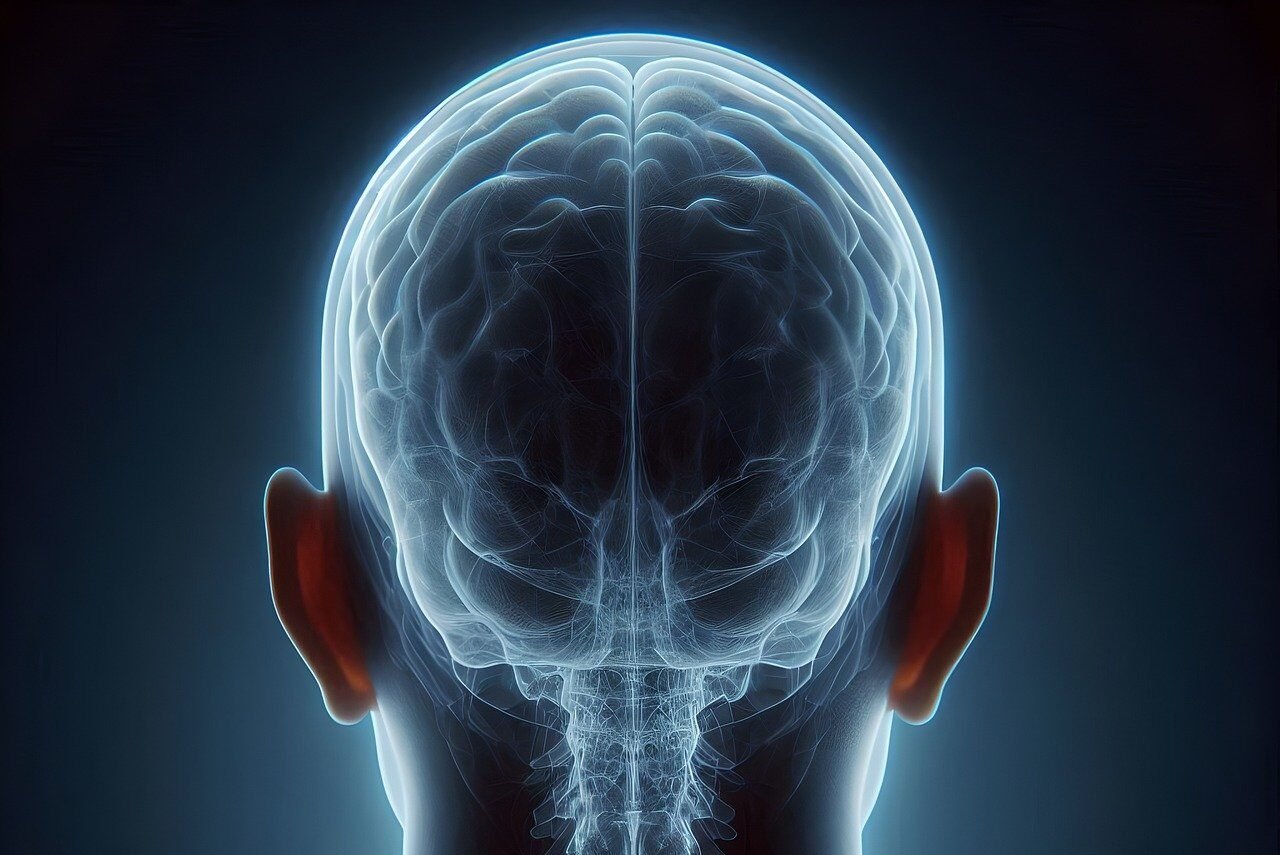In general, there is still a lot of confusion about mental health and illness, in part because the brain is mostly understood and approached for its blocks—or basic biology.
The brain—though has cells, blood vessels, tissues and so forth, it—exceeds organs like the kidney, liver, heart and others because they are functionally direct, involving no build and totalized by their biology.
The brain is different because it builds or structures the mind. The brain—as the host of the mind—centralizes everything it does to optimize for the functions of mind, treating all senses [internal and external] as mind properties.
The brain produces the mind for the mind to do the job. Regulation or control of internal organs is done by the mind. Memory, feeling, emotions, reactions, actions and thoughts are all parts of the mind.
It is the reason a thought can cause nausea when subsequently told that something ingested isn’t nice. It is also what makes the thought of something serious to dampen a prior appetite, thirst or others.
Everything in the brain is subsumed for the function of the mind. It involves different brain parts for specific purposes of mind.
It is possible to alter cells, molecules or stimulate centers in the brain, for certain outcomes, but side-effects abound because the involvement of a part with something else [in the mind] is affected—tilting the structure.
It has been tough to advance global psychiatry because the architecture of the mind has been unknown. It is possible to pinpoint a gene, some molecule, center or area in the brain, with a role for certain outcomes, but it is hardly conclusive, because it is more like targeting a part of an automobile, when the structure of the motion is more important.
Hallucination, delusion, thought disorder, mania, and so forth are disturbances of the mind. In some conditions too, there are mind-body affect [like anxiety inverting breathing or heart-rate], because the mind is what controls the body, automatically and otherwise, since the brain has outsourced all to it.
How does the brain generate the mind? What exactly is the mind? What makes the mind ill or healthy?
This is the path to solving mental health and illness to take on, in 2023, to advance global psychiatry.
Postulation
The mind is a construct or structure of two factors—quantities and properties. Quantities are relaying agents. Properties are locations or destinations. The properties of the mind are different from centers in the brain.
There can be several brain centers involved in similar functions. To the mind, those centers correspond to degrees with which properties can be acquired.
This means that a center may represent high, mild or low, for experiences given by the mind. Quantities have sequences [old and new]. They also have early-splits that go-before to expect or anticipate things before the rest follows.
Quantities can also be prioritized or pre-prioritized. Autonomic processes are mostly pre-prioritized, but can also be prioritized. Controlled processes are mostly prioritized but can also be pre-prioritized.
There are often fast and numerous interchanges between prioritized and pre-prioritized. Only one quantity is prioritized at any instance. Prioritized has full access to property locations.
Properties are destinations for all experiences. All memory, feelings, reactions, emotions, regulation, control and action are properties in the mind, across locations. Properties also include fear, hurt, depression, anxiety, panic, irritation, hate and so forth.
It is what properties, quantities acquire, plus how and when that determines what gets experienced. It is quantities and properties that depict all senses.
Neurobiology
In brain science, it is known that all sensory inputs converge at the thalamus, except for smell that converges at the olfactory bulb. It is where they are processed or integrated before relay to the cerebral cortex for interpretation.
Quantities
It is theorized that sensory integration or processing is into a uniform quantity or identity. Or, the reason for sensory processing or integration when senses get to the brain is for uniformity or change into a new identity or quantity admissible into the mind.
This is how the brain generates the mind, via the emergence of a new quantity, unit, or identity when senses arrive.
It is theorized that the new unit, identity or quantity is thought or in the form of thought. This means that thoughts or their form, from the border or those already within, are the traveling packs or quantities.
They are what all senses become to the brain. The smell, taste, sight, touch and sound are in the form of thought to the brain. So, thoughts, as quantities are the version of senses. Whatever is not converted to the form of thought does not get in.
This is different from the ascribed filter of relay stations, because, without a health condition, all senses are converted, as much as possible with most becoming pre-prioritized, rather than getting filtered out.
It is thought that relays to the cerebral cortex for interpretation.
Properties
Interpretation in the cerebral cortex is theorized to be knowing, feeling and reaction. Knowing is memory, dominating this set of properties. Properties have a principal spot where one goes to have the most influence.
Mental Illness
The next step—for global mental health—is the structure of the mind in the brain, which neuroimaging does not show.
Displaying the architecture of the mind, conceptually, for quantities their sequences, splits and prioritization ranges, and degrees of their acquisition of properties would move the unknown appended with the mind away, towards a new direction for care.
The mind has its structure and mechanism [different from the structure and the function of the brain]. The brain remains, but death kicks in when the mind packs. The mind determines everything, the brain is the builder of it.
Specifying this to mental health and illness would be important, and may find relevance to other situations, particularly against suicides as well.
There will be new therapies to design for the mind, maybe for a split, maybe for a sequence, maybe for prioritization. There will also be ways to adjust medication schedules, as well as redesign the biopsychosocial mechanism.
If the mind remains opaque, while insisting on brain biology alone or to assume the external situation is what determines mental health or problem, then progress may be difficult.
iStock image
The post Neurobiology: Modeling the Mind to Solve Mental Illness appeared first on The Good Men Project.
Original Article










